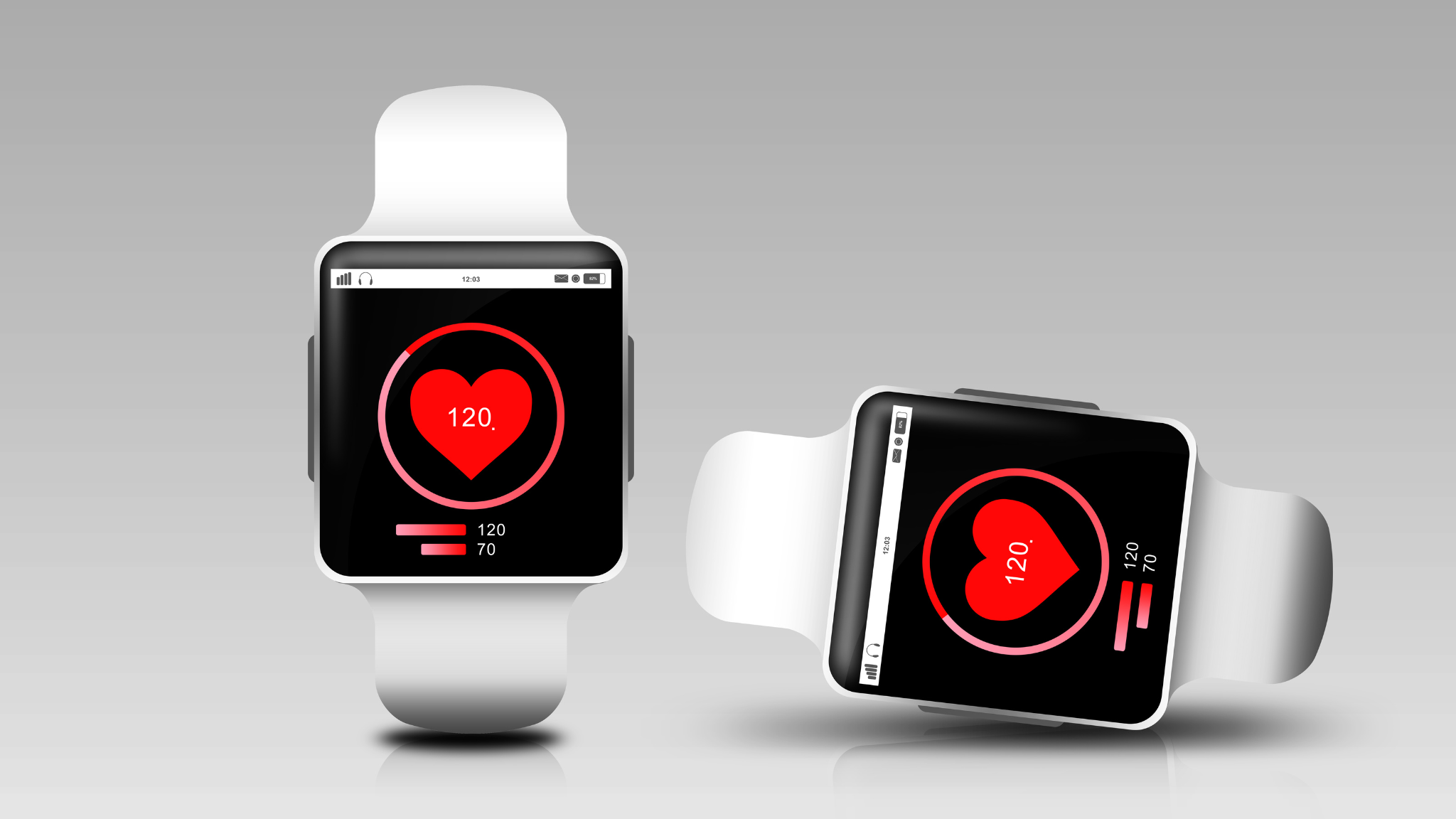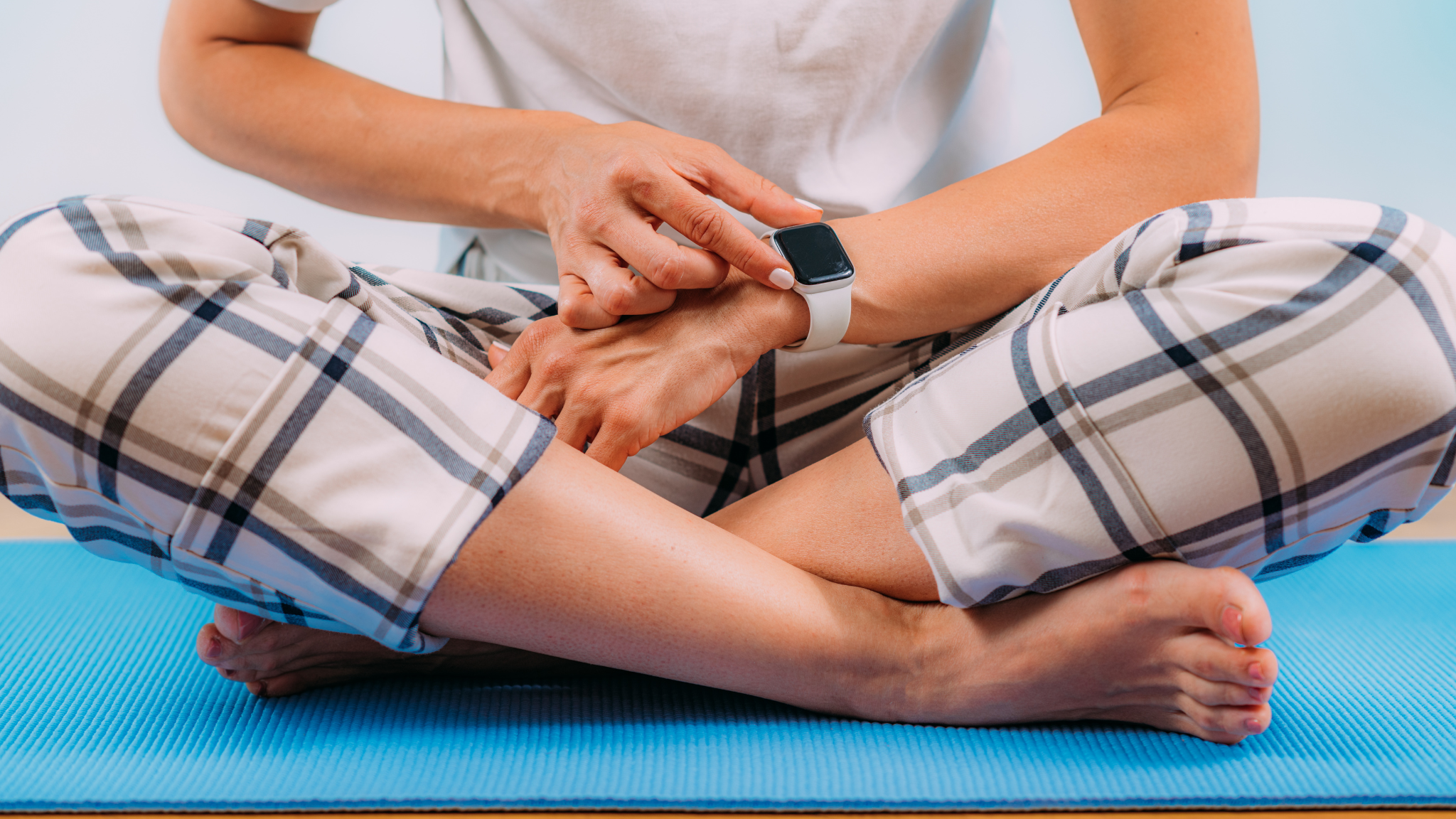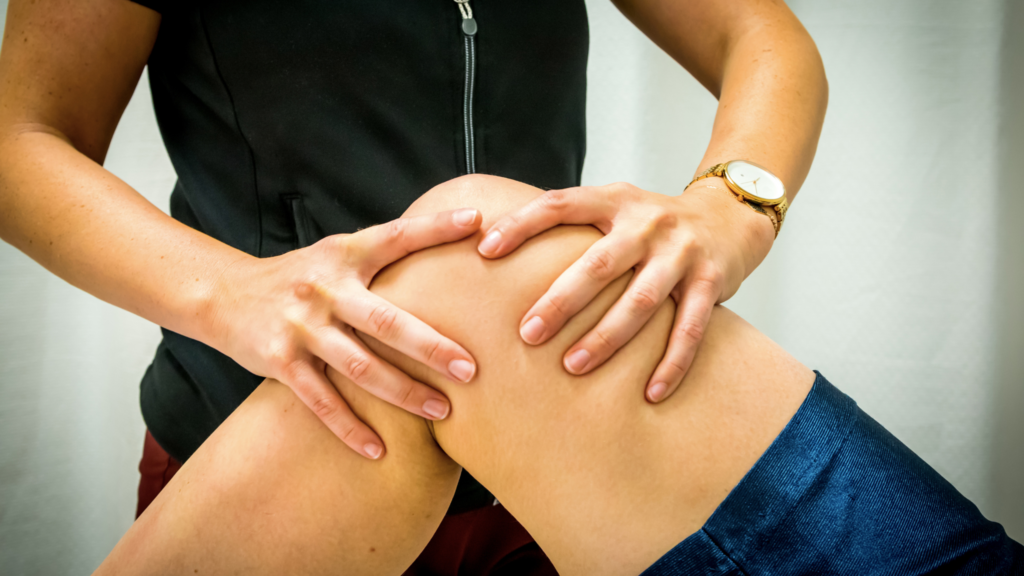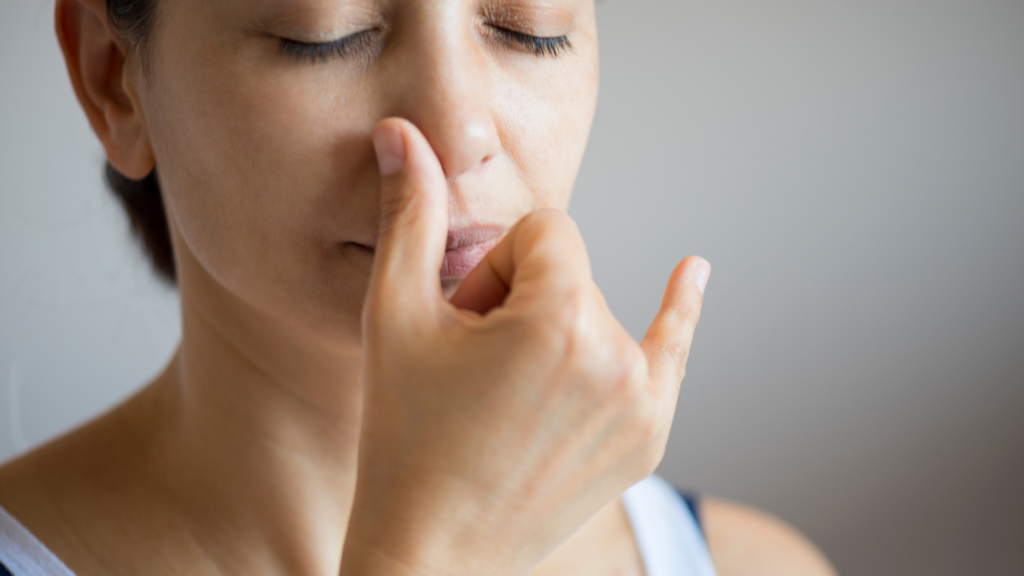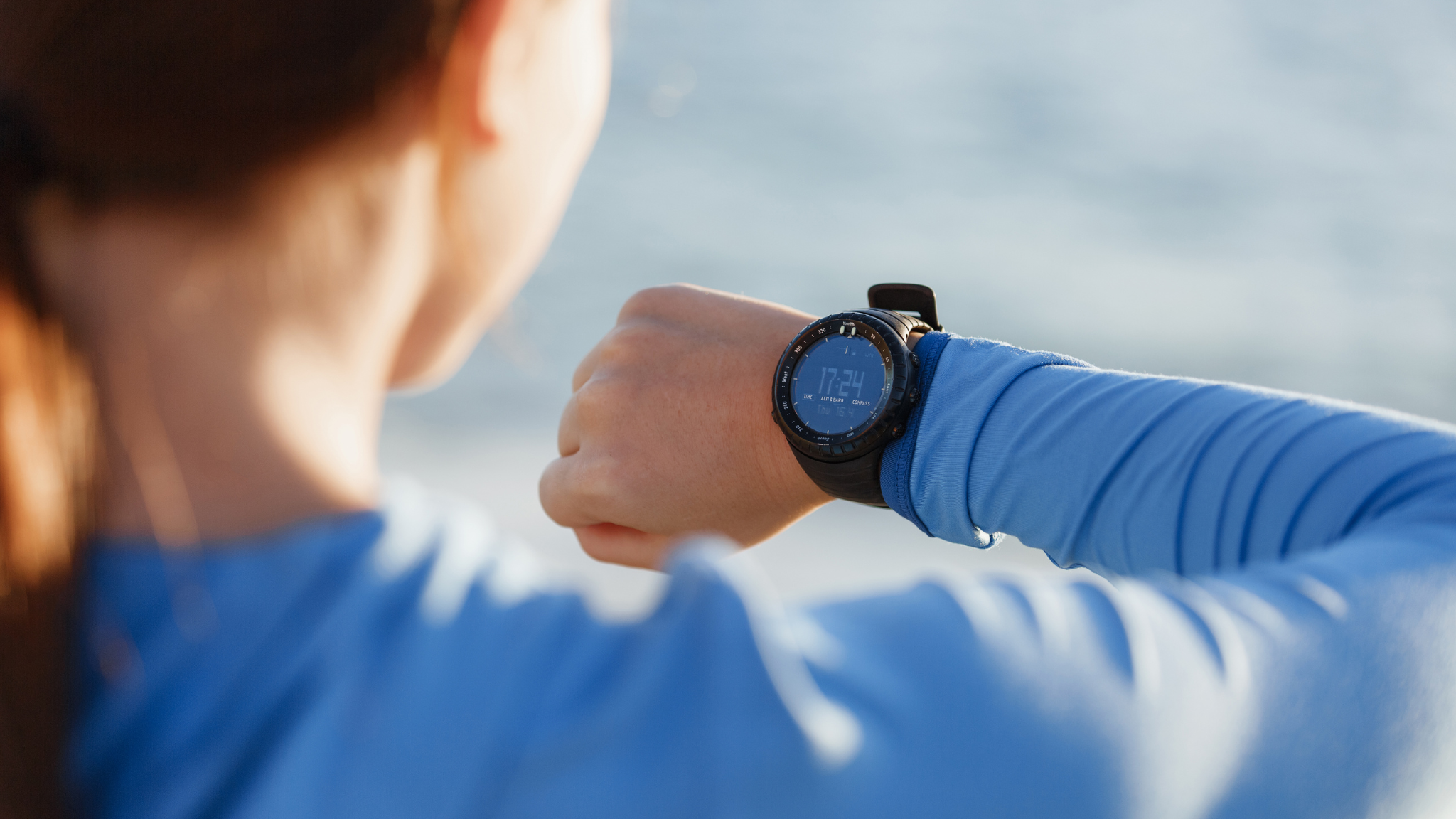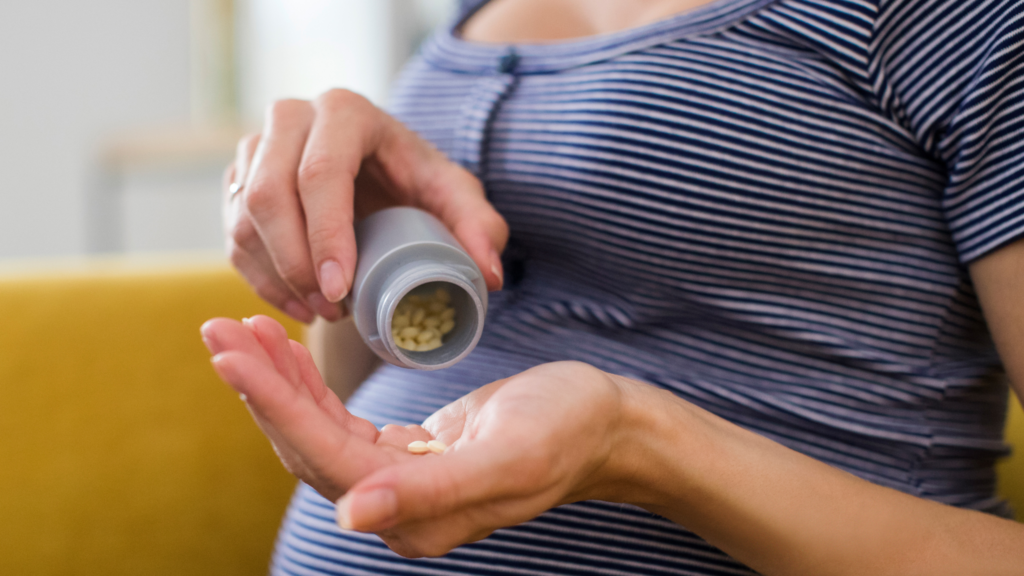People suffering from heart valve diseases, such as regurgitation or stenosis often have to undergo heart valve replacement surgery. It goes without saying, that the recovery process will be challenging. Well, can you exercise after heart valve replacement? Yes, absolutely. Adopting a regular exercise routine is a fantastic way to improve your cardiovascular health.
Let’s take a look at the role of exercise after heart valve surgery as well as some guidelines for how to build your exercise tolerance.
Can You Exercise After Heart Valve Replacement?
Yes, many experts encourage exercise after aortic or heart valve surgery as it will help to increase blood flow and get you back into a healthy routine. However, you will need to take extra precautions to ensure you don’t cause further complications or injury. It’s important to remember that your body went through trauma; therefore, you need to ease back into it.
Apart from the physical aspect, exercising after heart valve or aortic valve surgery will help you increase your independence and return to your daily activities with ease.
You’ll be able to experience reduced fatigue and improved fitness by strengthening your cardiovascular system via exercise. Therefore, not only will you reduce the risk of blood clots, heart failure, etc., but you’ll also be able to engage in fun activities you enjoy, such as gardening, walking your dog, or playing with your grandchildren.
Furthermore, exercise also has a positive impact on other aspects of your life; for example, physical activity can help improve cholesterol levels, lower blood pressure, enhance blood sugar, and more. All these factors play a crucial role in reducing the risk of heart disease.
Additionally, exercising is also an excellent way to promote emotional well-being and social interaction after having to undergo something so stressful. You’ll be able to interact with others who’ve had similar experiences by joining group classes or participating in group sporting activities.
It’s essential to note that everyone will have different experiences when planning an exercise routine after heart valve surgery. The type of heart valve replacement, age, overall health, and other medical conditions will all have an impact on the exercises you can perform.
What Are the Benefits of Exercise After Heart Valve Replacement?
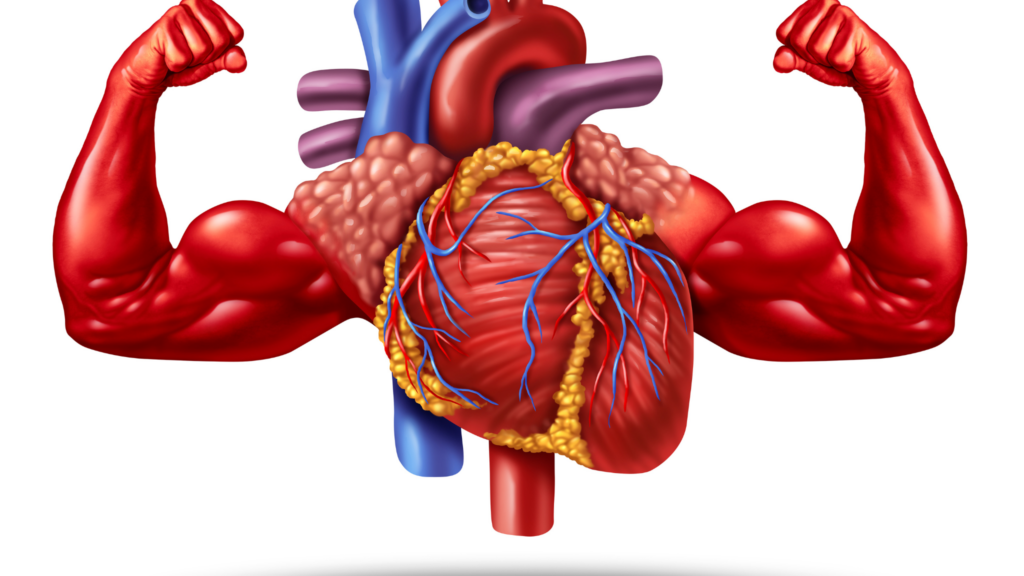
Some of the benefits of exercising after heart surgery include:
- Weight Management: Heart health depends on maintaining a healthy weight. Exercise aids in calorie burning, weight loss, and maintaining a healthy body mass index (BMI), which reduces stress on the heart and lowers the probability of complications.
- Enhanced Cardiovascular Fitness: Regular exercise helps to build up the heart’s muscle and increases the effectiveness of pumping blood. Exercise following heart valve replacement can lower the risk of subsequent heart-related problems by improving cardiovascular fitness.
- Improved Energy Levels: After a heart valve replacement, regular physical activity can help reduce post-operative fatigue. Physical activity increases your stamina and endurance, which improves energy levels and general quality of life.
- Mood Enhancement: The body naturally produces endorphins, which are chemicals that improve mood. Exercise can help reduce stress, anxiety, and sadness after heart valve replacement surgery, increasing mental health, and speeding up the healing process.
How Do I Start Exercising Again After Heart Valve Replacement?
In general, exercise forms part of a healthy lifestyle. The same applies after undergoing heart valve replacement. Exercising can help by increasing your fitness levels, controlling your blood pressure, cholesterol, and weight, and keeping you relaxed.
You don’t have to go from zero to 100 at once. Start by walking slowly and gradually, and start increasing the length and intensity. Tennis and bowls are also fantastic exercises to start with.
What Types of Exercises Should You Do?
Some of the exercises that you can do after aortic valve replacement surgery or a minimally invasive surgery include:
- Strength Training: Strength training helps develop muscle strength, tone the body, and enhance posture. Strength training can involve the use of resistance bands, weight training, or bodyweight exercises. It is advisable to speak with a physiotherapist or specialist in cardiac rehabilitation to create a strength training regimen that is suitable for your needs.
- Aerobic Exercise: After a heart valve replacement, aerobic exercises such as walking, running, cycling, swimming, or using elliptical machines are quite useful. These workouts speed up the heart rate, strengthen the lungs, and raise cardiovascular fitness levels. Under medical supervision, start with low-impact exercises and progressively increase the intensity.
- Flexibility and Stretching: Yoga or stretching exercises can help improve flexibility by reducing muscle stiffness and improving joint mobility. These exercises help to keep a good range of motion, prevent injuries, and promote relaxation.
What Safety Precautions Should You Take?
While exercising is a great thing to incorporate into your routine, there are a few precautions when it comes to safety, such as:
Cardiac Rehab
There are many benefits of taking part in a structured cardiac rehab program. These programs offer expert direction, track progress, and offer a welcoming setting for working out under professional supervision.
Consult with Health Professionals
After heart valve replacement, it is essential to speak with your cardiac surgeon or the medical staff to monitor your recovery process before starting any fitness regimen. They can offer detailed advice and recommendations that are catered to your needs.
Monitoring Heart Rate
It’s critical to keep track of your heart rate while exercising. To make sure you stay within the safe range advised by your healthcare practitioner, you can use heart rate monitors, such as a smartwatch. Avoid overexertion and become familiar with the warning signals, such as dizziness, chest pain, and shortness of breath.
Gradual Progression
Slowly increase the duration, intensity, and frequency of your workouts as you go along. Pushing too hard too soon after surgery can cause issues because your body needs time to recuperate after the procedure. The trick is to proceed slowly and with patience.
Final Verdict
As you can see, engaging in regular exercise after heart valve surgery is a crucial part of your overall cardiovascular health and the recovery process.
However, make sure you consult your healthcare professionals, follow safety guidelines, and gradually build an effective and safe exercise routine.


